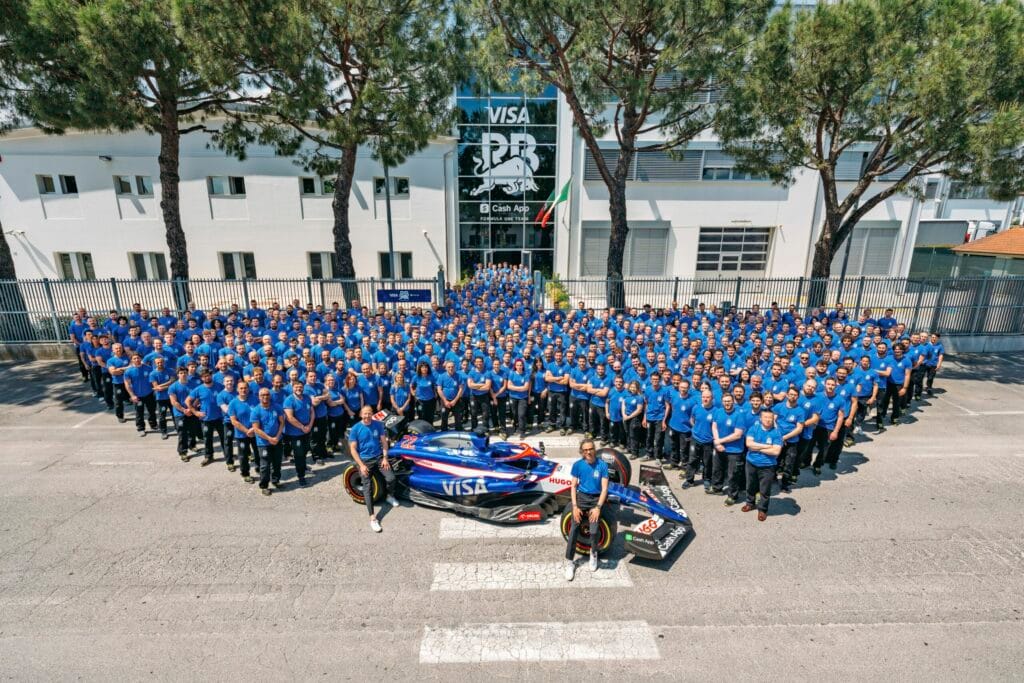The Belgian Grand Prix has concluded, marking the start of the much-anticipated summer break in Formula 1. For many staff members, this is a period they eagerly look forward to. Our columnist, Graham Watson, explains why and delves into the history of how this tradition came to be.
This column was previously published in edition 13/14 of FORMULE 1 Magazine. Now available with free shipping throughout the Netherlands.
“It’s August, time for the summer break! Despite working in the thrilling world of Formula 1 – where you might think we don’t need any sympathy – I’ve noticed how many people in the paddock are ready for a break. It’s not strange or unusual. It’s logical, and above all, human. No matter how much you love Formula 1, no matter how rewarding it is to work in it – a season with 24 races takes a toll. Whether it’s the people working for one of the teams, the FIA or FOM, engine suppliers, or other partners. Everyone looks forward to the summer break.”
An Unfamiliar Concept
“It’s now considered normal to have this break. However, it wasn’t always like this, and we all had to get used to it. The necessity and benefits of the break are now widely agreed upon, given the size of the calendar. Fun fact: the summer break was introduced because the season was already considered long and busy. At least, that was the conclusion at the time. How many races were there then? Six fewer than now…”
The Origin of the Formula 1 Summer Break
“Eddie Jordan, who once owned a Formula 1 team, was the first to conceive something like a summer break. As the boss of Jordan Grand Prix, he realized that his staff needed a break from Formula 1 during the summer. They needed time for family, for vacation, things that are quite normal. He was the one who said, ‘We need a period where people can have a break, because we are dealing with a very busy calendar with 18 races’.”
“Indeed, 18 races. Back then, it was already hectic for those working in F1. Now, we have 24 races. It’s no surprise that there’s an even greater need for some rest in the summer… A few weeks of doing nothing, a few weeks of doing other things, spending time with family, and so on. No Formula 1, at least for a while. And even if you wanted to, as an employee in Formula 1, you’re not even allowed to work. The factories close, the teams shut all their doors. This goes so far that people can’t even access their email inboxes. The sport, at least the work at the teams, really comes to a halt.”
Two Weeks of Shutdown
“Over the years, I’ve seen the setup and implementation of the summer break change somewhat. Originally, for example, the summer break was only for team employees, not for engine suppliers. They could continue working. But now, just like the teams, their doors also close for two weeks.”
“However, this doesn’t apply to us. The FOM has to continue, you can’t just stop the sport for two weeks. But my colleagues and I do get our rest in the summer. We work a lot with rotation, throughout the entire season. This ensures that no one has to do all the Grands Prix and that there are fresh forces from time to time, people who are fully recharged.”
“Teams do this as well; you can’t just rely on one person who is very good at something and therefore has to do it for an entire season. The calendar with 24 races is just too full for that. And believe me, it won’t get fuller. This is the maximum number for everyone. It’s a lot. Fortunately, there’s the summer break. It helps.”
“Enjoy! (and see you in Zandvoort!)”







